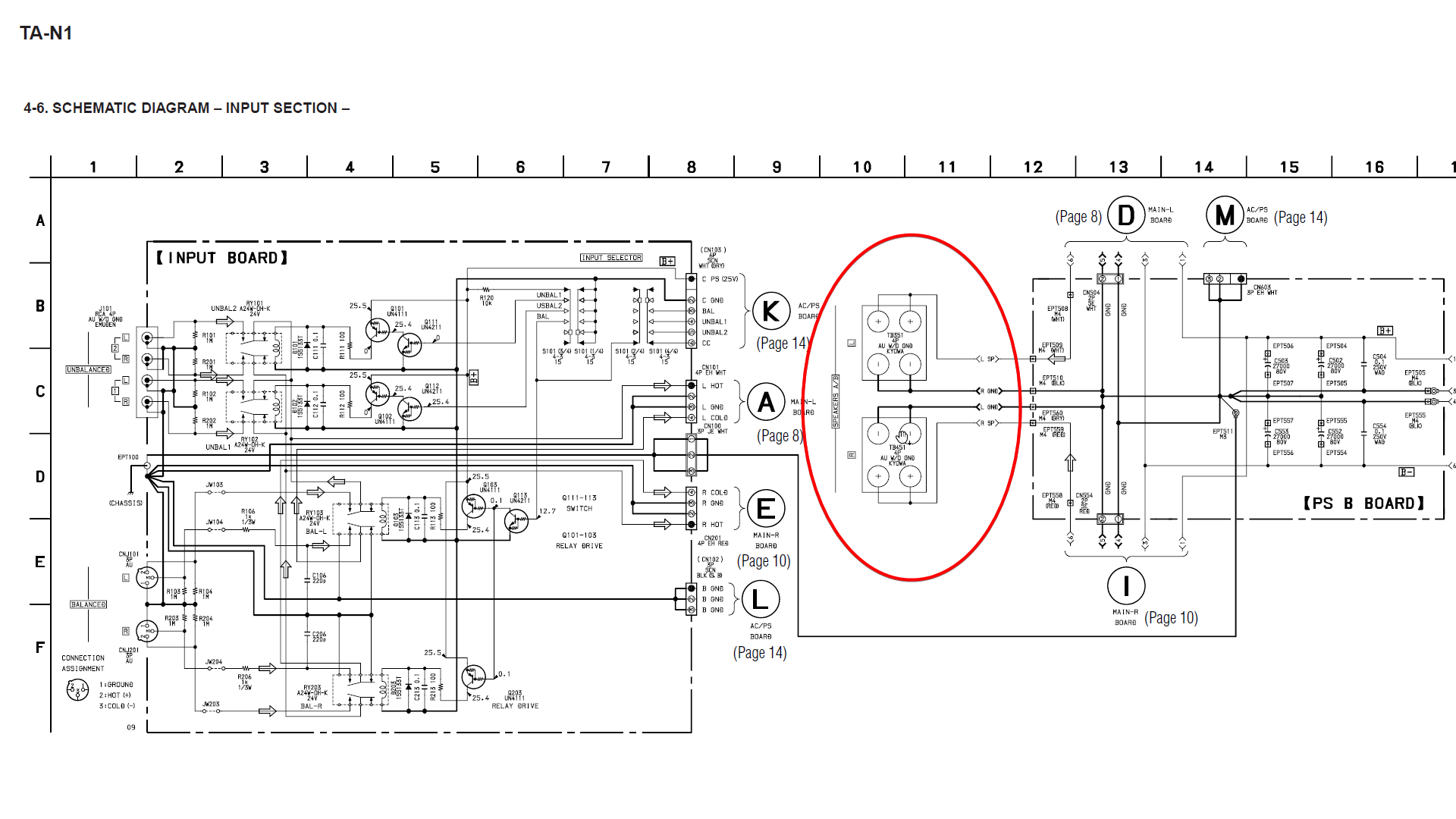that amazing Sony TA-N1 amp is very rare, only 100 were supposed to be made, I would definitely get Sony involved before breaking the rule.
http://www.thevintageknob.org/sony-TA-N1.html
meanwhile: typical receivers/amps with two sets of speaker terminals, it is standard procedure to have a warning about using higher impedance speakers when using tA + B . IF both pairs of speakers are efficient, you can break the rules. IF you avoid high volume use/high power needs, you can break the rules, however, AT YOUR OWN RISK!. Someone can have the wrong input, juice up the volume, no sound, juice it up some more, then select the correct input, BANG!!! Speaker damage, perhaps amp damage.
.............................
your speakers are designed for bi-wiring so you can use different speaker cable construction (it's not the same as bi-amp).
You certainly do not need a lot of power for your existing 90db sensitivity, so you want to bi-wire because ... in theory, different cable construction for bass.
your speaker's impedance is NOMINAL 4 ohms, it may have dips to 2 ohms, perhaps do research about that.
meanwhile, the crossover of the nominal 4 ohm speakers is 'expecting' to SEE the 'same' from the amp's transformers I am GUESSING. Using speaker A:4 ohm tap and Speaker B 8 ohm tap, the frequency response of the speaker's crossover might be altered. If that's the only 'effect', perhaps it won't make a difference you dislike or even hear.


